People watching sci-fi shows back in the day looked at the futuristic devices and probably thought, “Wouldn’t it be cool if that was real?” Occasionally, fiction becomes reality, and those concepts crafted by creative minds inspire tech enthusiasts to bring those imaginative devices into real life. From communication devices to robotic assistants, these gadgets once existed solely in fiction but are now part of our reality.
1. Communicator, Star Trek (1966-1969)
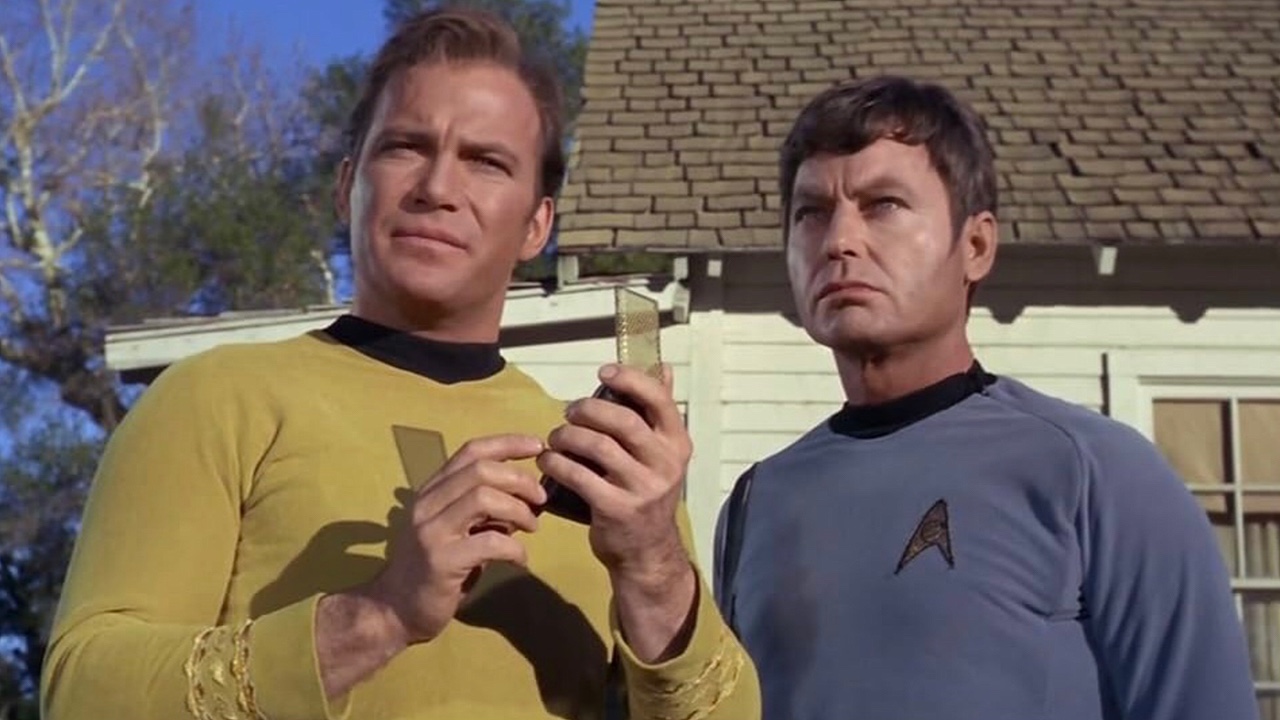
In the 60s, when TV was relatively new, Captain Kirk could be seen flipping open his communicator on the USS Enterprise. Fast forward to today when we all carry our phones in our pockets. Even though we’ve moved on from flip phones, I wanted one for that very reason.
2. Hoverboards in Back To The Future II (1985)
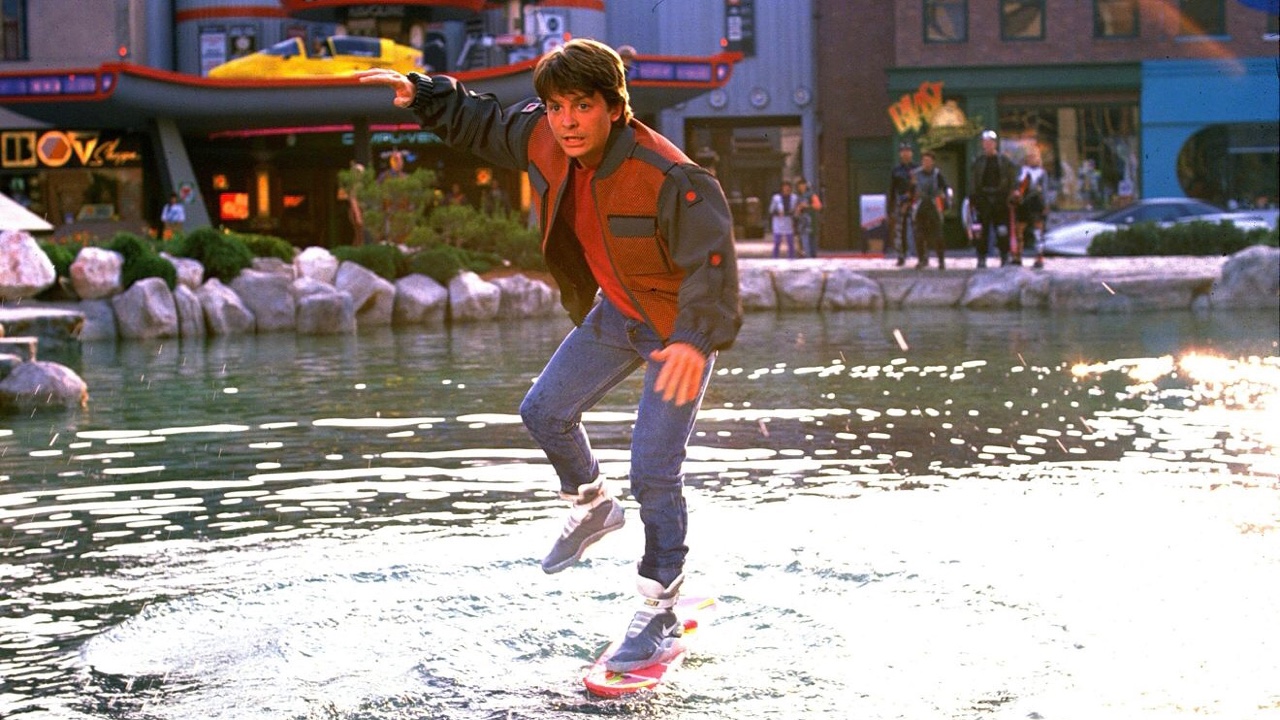
When Marty travels from 1985 to 2015, he sees some pretty interesting things in the future, including the hoverboard instead of skateboards. Hendo Hoverboards endeavored to make them a reality, creating a prototype in 2013. While there has been some progress, there have been so many safety issues that no one appears to be pursuing this tech anymore.
3. Video Calls in The Jetsons (1962-1963)
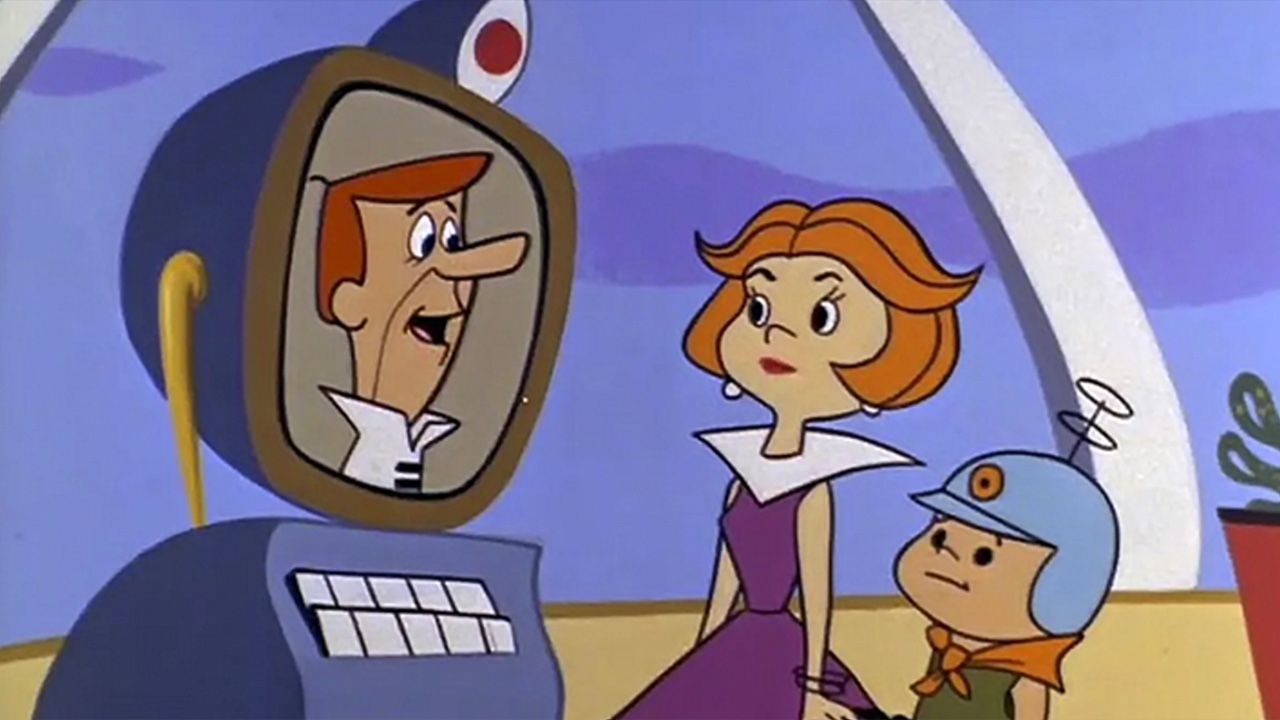
This cartoon about a family living in the future may have aged in terms of gender stereotypes, but some of the tech that was featured in the show was spot on. You often see family members interacting with one another or having meetings via video calls, just like we have today using programs like Zoom and Skype.
4. Self-Driving Car in The Veldt (1950)
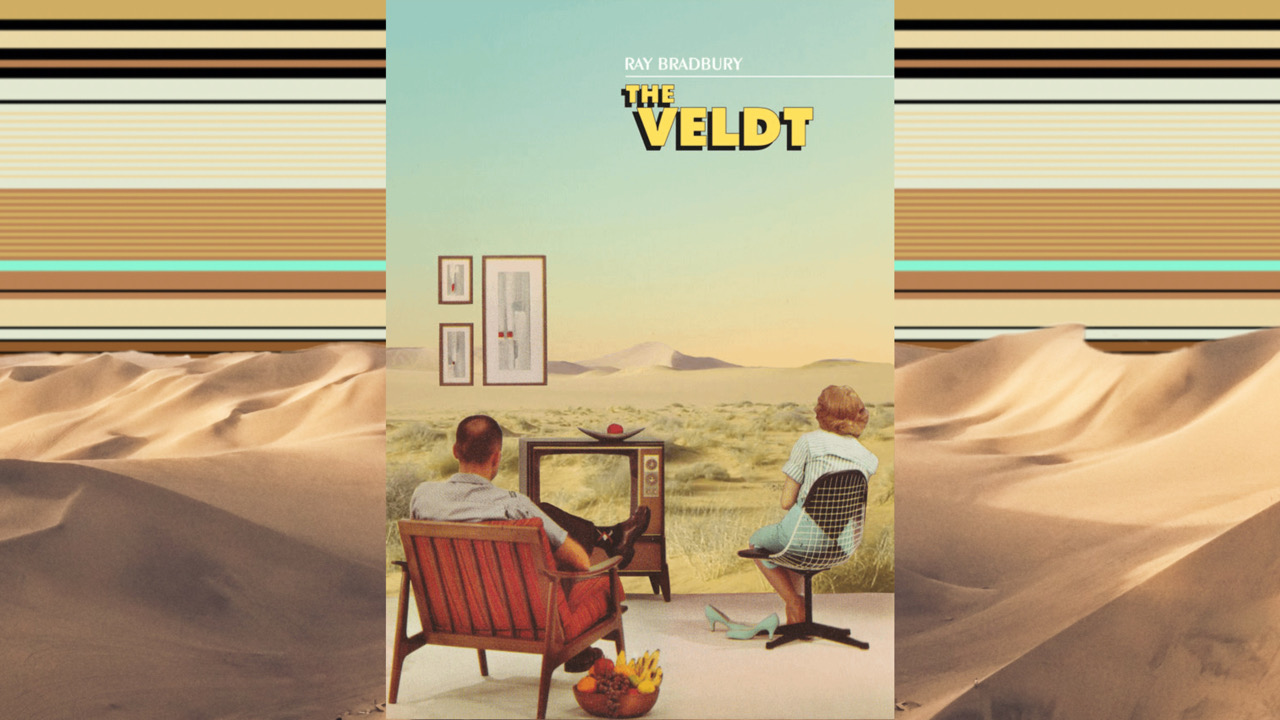
Ray Bradbury’s short story was written in 1950 and features several things that have since become a reality. The plot revolves around two children who set up a virtual reality world in their garden. They have smart homes and self-driving cars. Like many writers at this time, the message is meant to warn about the dangers of relying too heavily on technology.
5. Personalized Ads in Minority Report (2002)
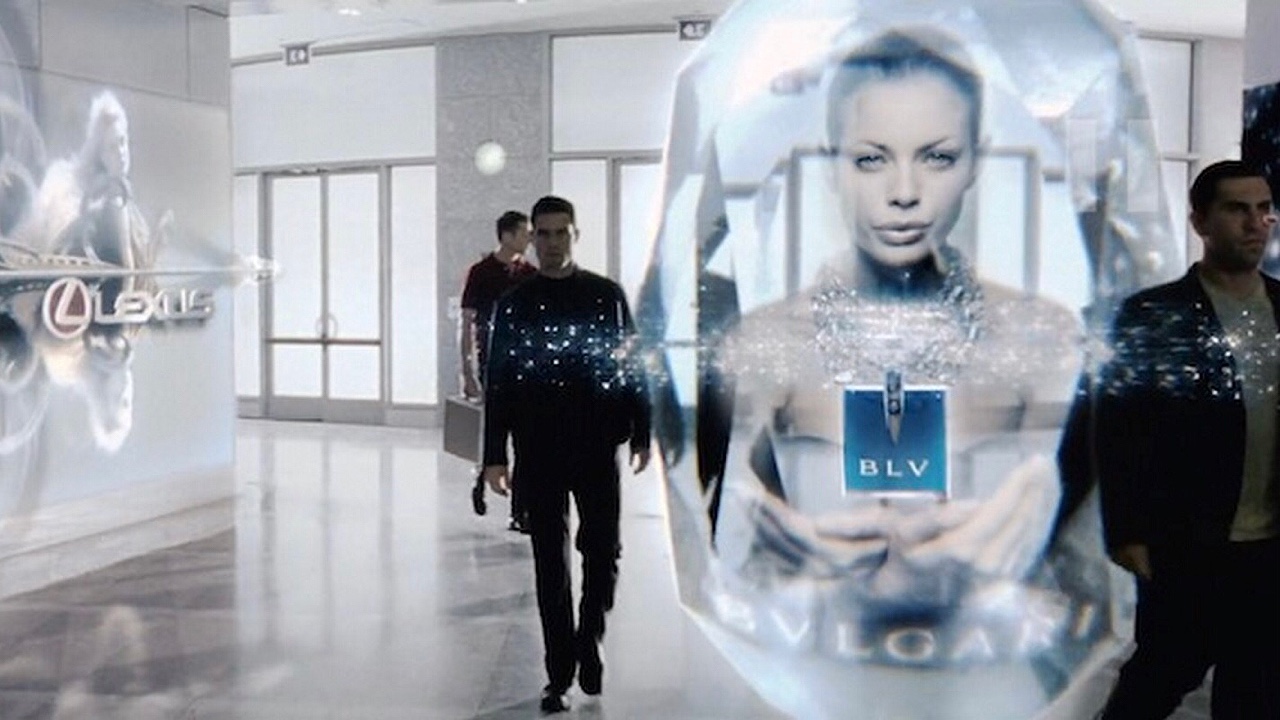
If you’ve seen this movie, you may recall Tom Cruise walking past many digital billboards, each saying his name. Philip K. Dick’s novel is meant to be a warning about when AI goes too far, yet here we are with personalized advertising as a commonality.
6. The Babel Fish, The Hitchhiker’s Guide to the Galaxy (1979)
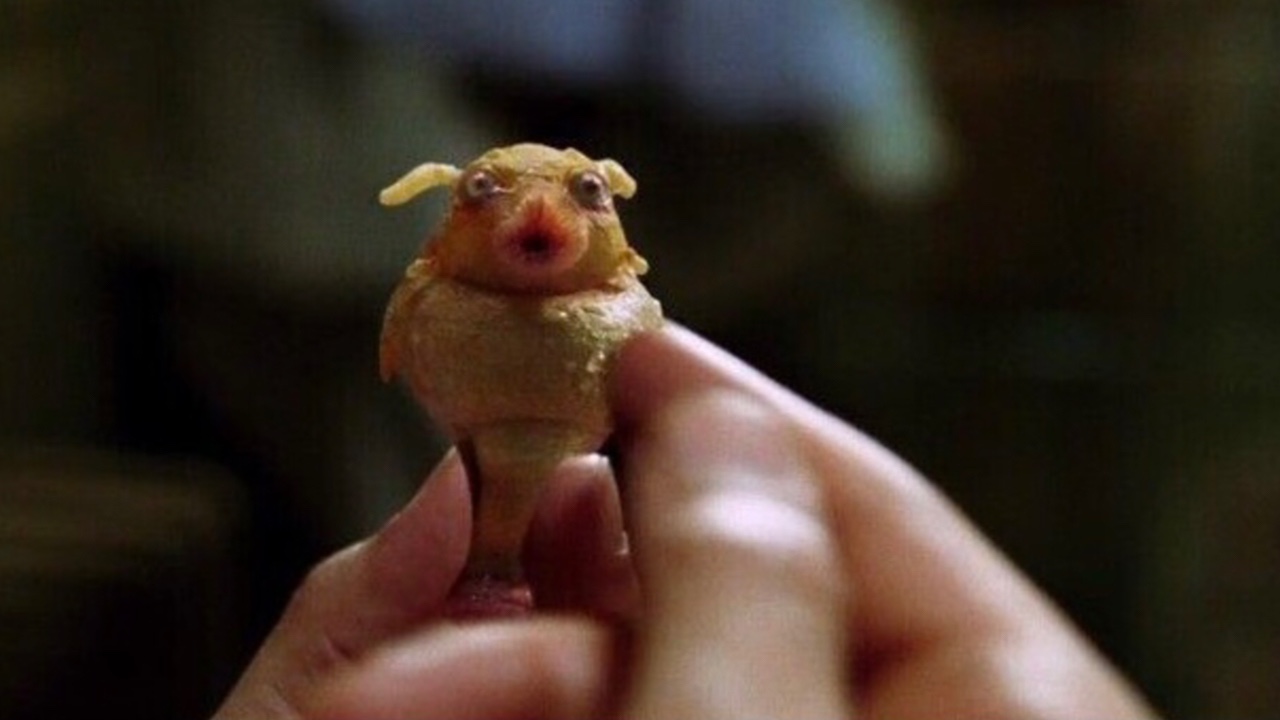
Douglas Adams’ comic genius in this sci-fi novel creates a world that seems absurd, but some fictional tech has since become a reality. If you’ve read the book or seen any screen adaptations, the main character is given a small yellow fish, which he’s told to place in his ear. This creature/device then translates any language the user hears. While a version of the tech has been around for a while, Google Translate developed neural machine translation in 2016.
7. Tablet Computers in Star Trek: The Next Generation (1987-1994)
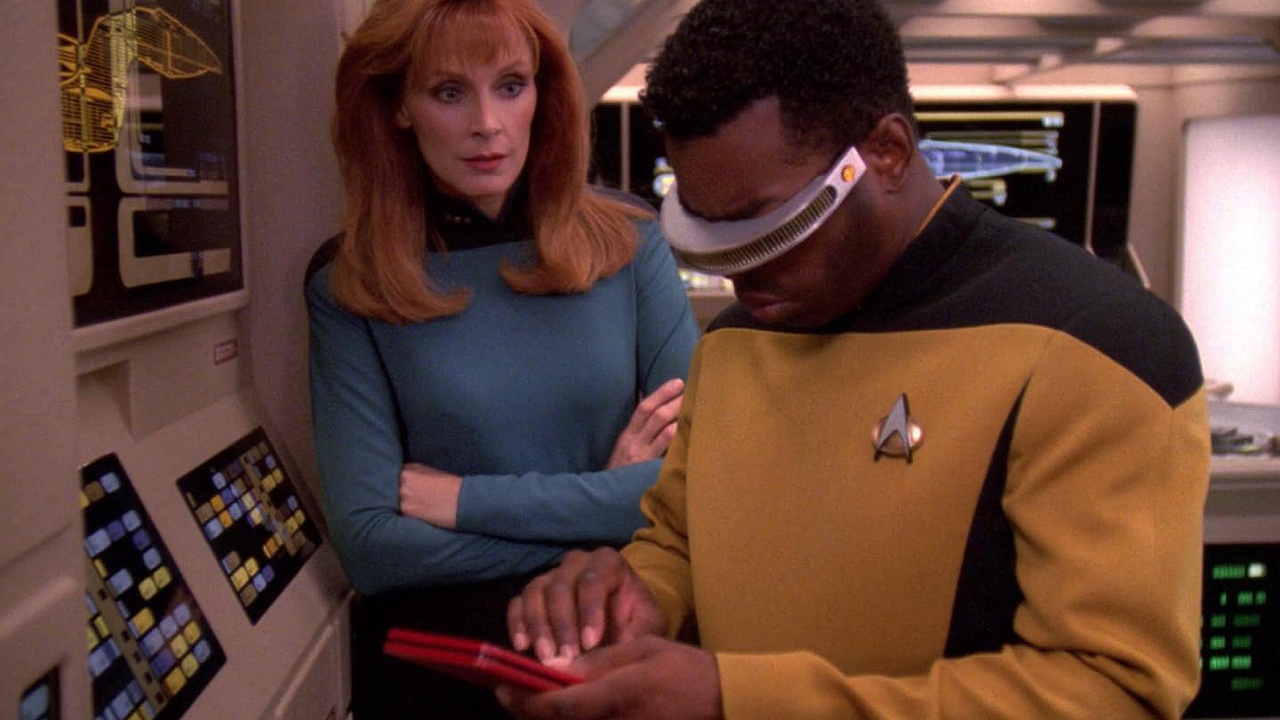
Much like the original Star Trek showed us versions of the flip phone, Star Trek: The Next Generation, which premiered in 1987, also featured fictional items that have since become a reality. You will often see crew with a hand-held device similar to modern-day Android tablets and iPads. As in the series, these devices have similar uses in storing and providing information.
8. On-Demand Television from Stand on Zanzibar (1968)
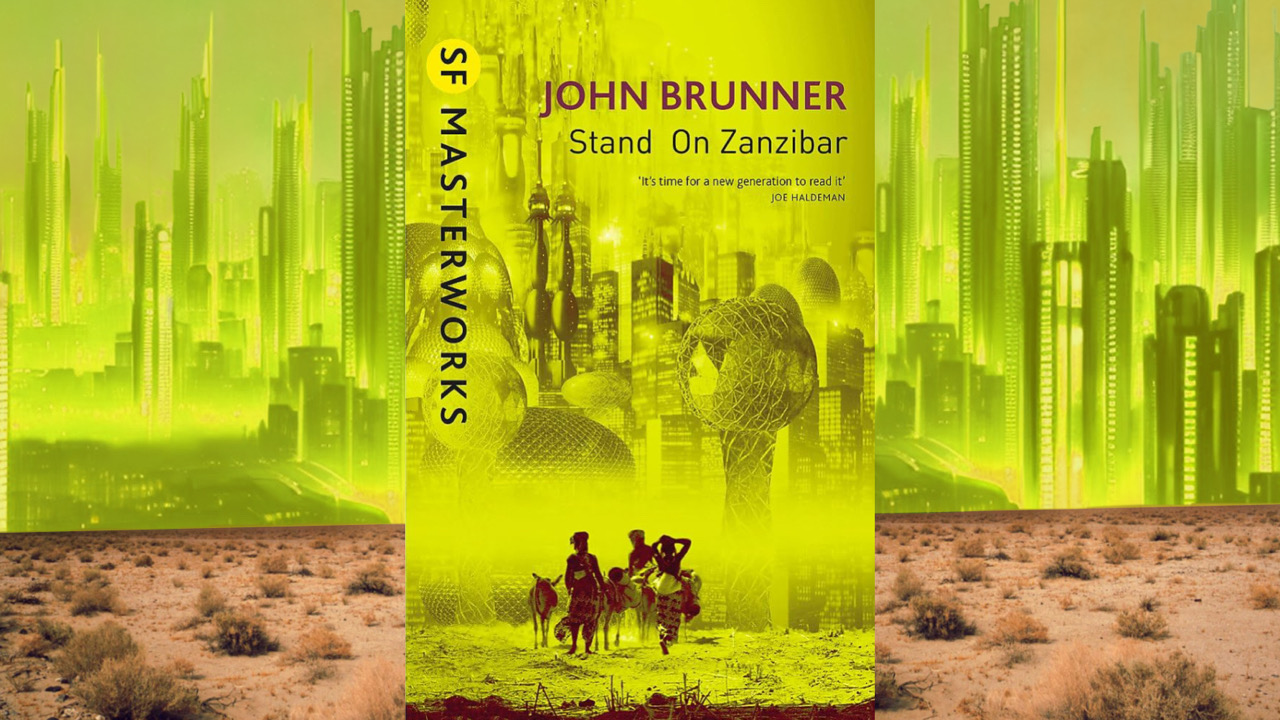
This novel was written by John Brunner in 1968. While it’s set in a dystopian future of 2010, some elements in the book did come true. It features things such as in-flight entertainment and on-demand television. These are two things our modern society is very grateful for.
9. Virtual Reality in World on a Wire (1973)
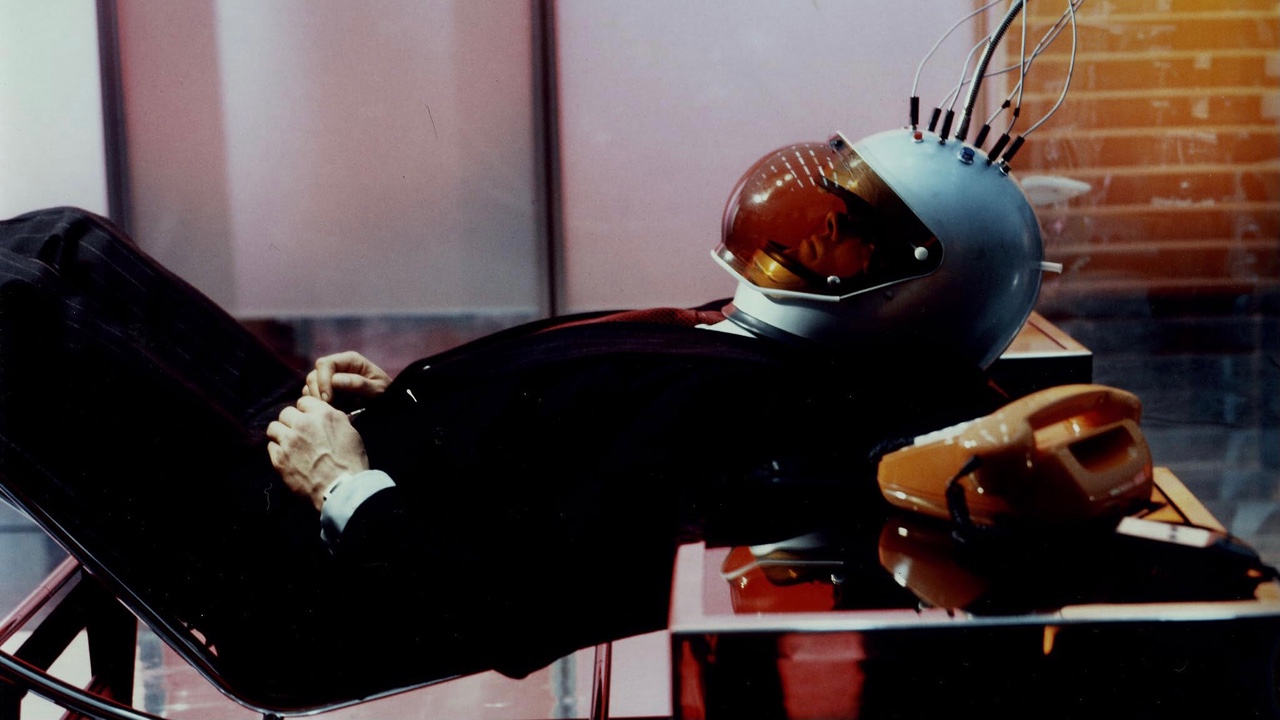
Rainer Werner wrote the screenplay for this science fiction novel in 1973. It revolves around a corporation creating a supercomputer that generates lifelike entities called “identity units” from digital information. These constructs, believing in their reality, inhabit an artificial world. This work is an early exploration of themes later identified as virtual reality.
10. Gesture-Based Interface, Minority Report (2002)
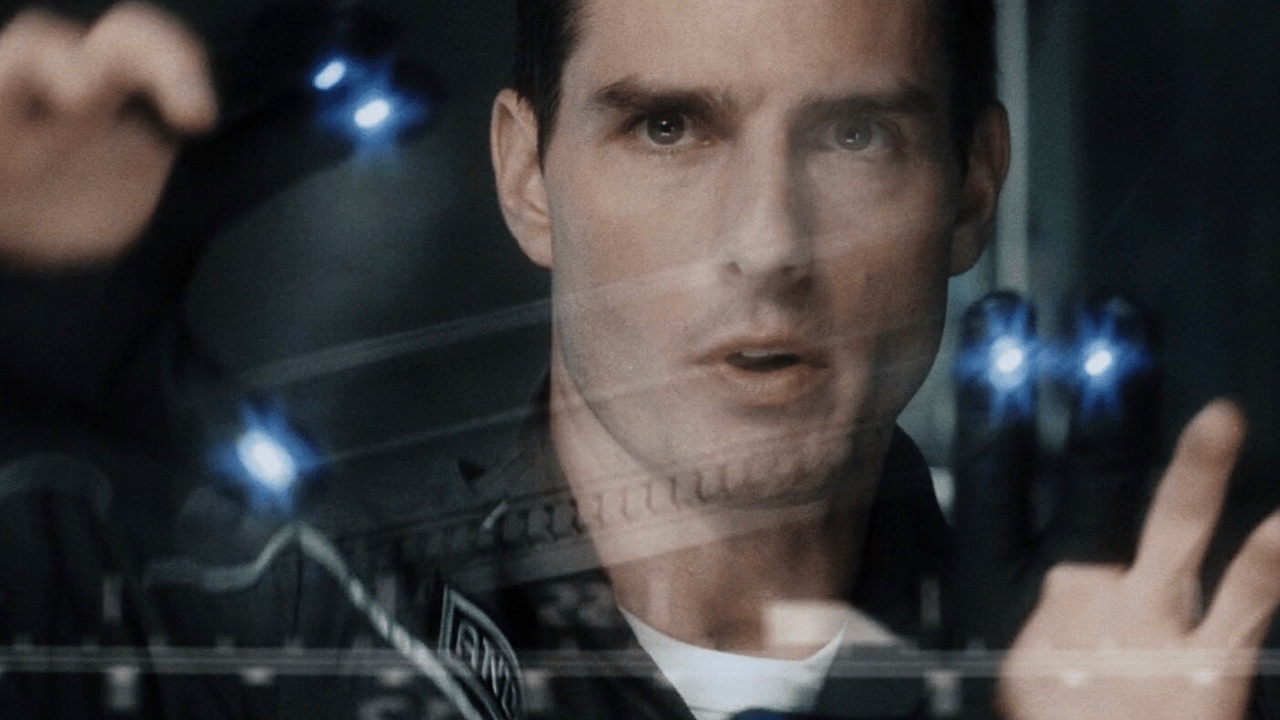
Characters in the film interact with advanced computer systems using intuitive hand movements instead of traditional inputs. Director Steven Spielberg’s portrayal of this cutting-edge interface has significantly impacted popular culture. Today, we see an increase in this type of tech, which is used in smart TVs, smartphones, and gaming consoles. The Microsoft Kinect, which uses gestures for gameplay, is a prime example.
11. Bionic Limbs, Star Wars V: The Empire Strikes Back (1980)
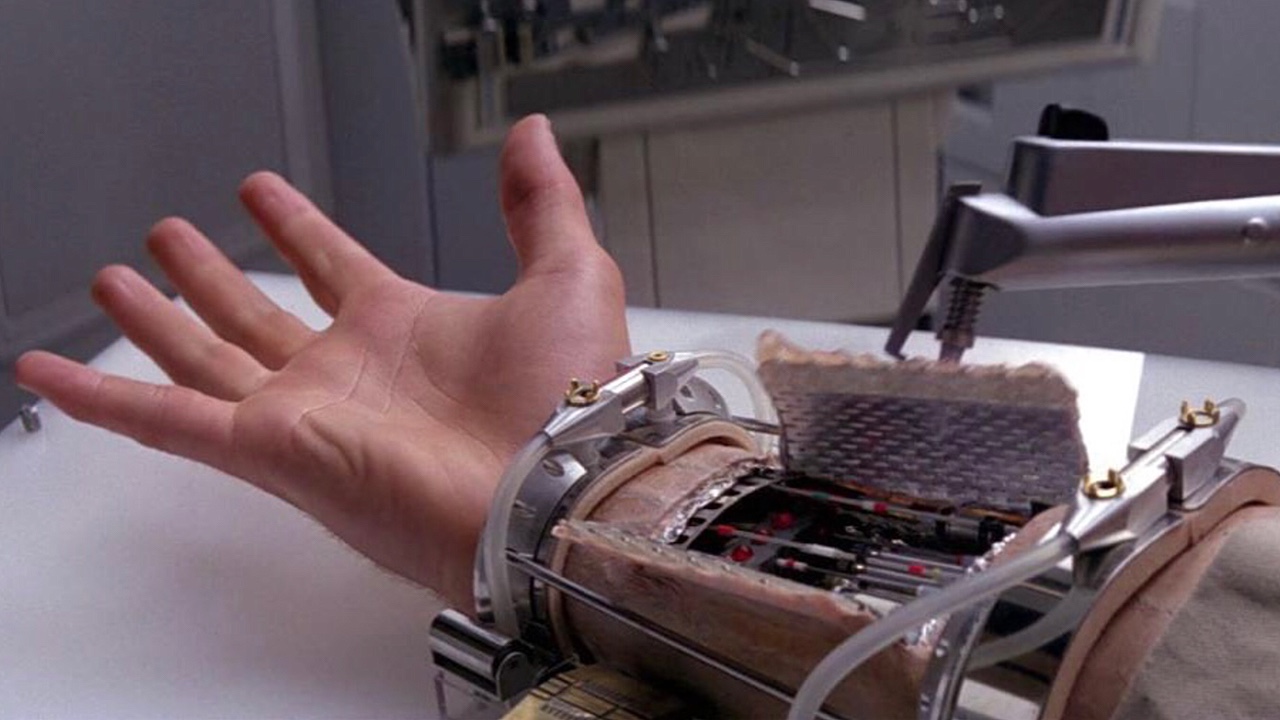
Remember when Luke received a bionic hand that he could move with his thoughts in The Empire Strikes Back? The Utah NeuroRobotics Lab has developed a motorized limb called the “Luke arm.” One recipient said, “I never thought I would feel that hand again — it almost put me to tears.”
12. Flying Cars, Multiple Sci-Fi Mediums

We’ve seen flying cars in Chitty Chitty Bang Bang (1968), Back to the Future II (1985), and The Fifth Element (1997), to name a few. In 2023, a flying car prototype received approval from the Federal Aviation Administration. The vehicle can multitask by driving on the roads as well. It makes you wonder about flying accidents and how they’ll deal with sky rules to avoid disaster.
13. Heads-Up Display, Iron Man (2008)
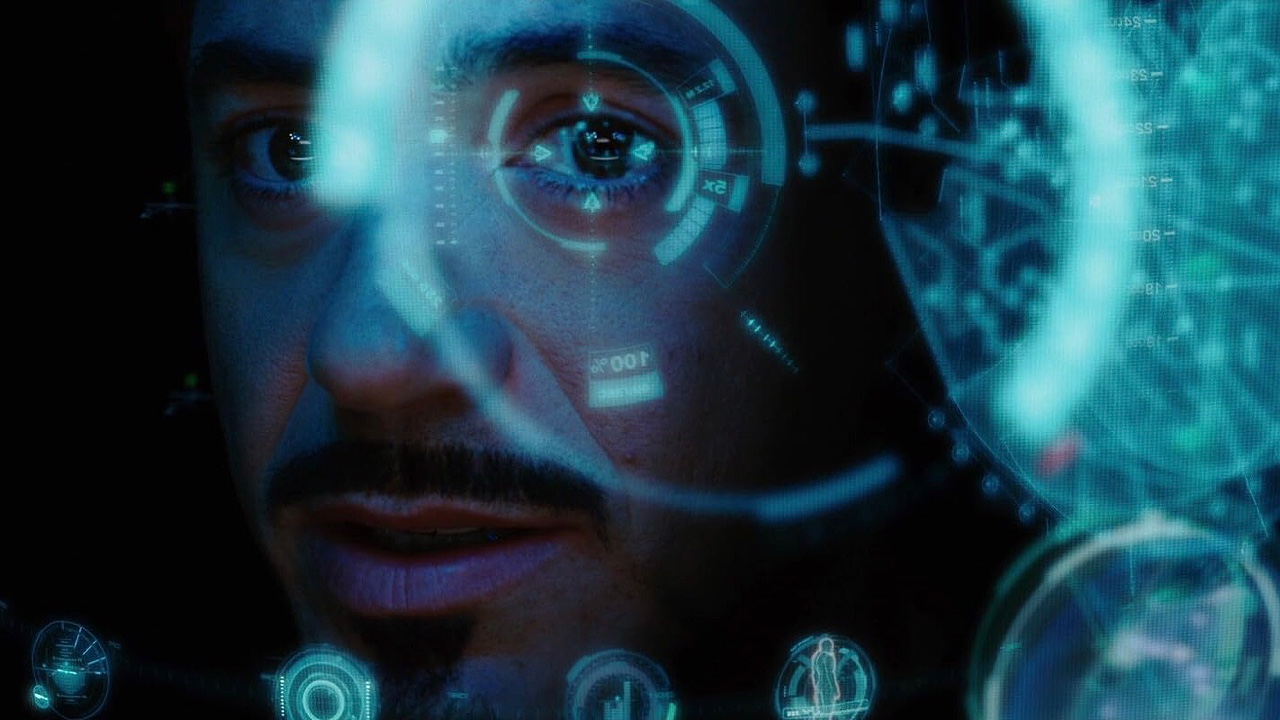
A heads-up display refers to the head gear feeding info to the user directly in front of their eyes. This has been used in several sci-fi movies, including Iron Man (2008) and The Terminator (1984). This inspired Google Glass — a type of smart glasses that functioned similarly to the sci-fi version. Google announced in March 2023 that they were discontinuing the invention. If you’re interested in this tech, several companies are creating a similar concept.
14. The Multi Pass, The Fifth Element (1997)
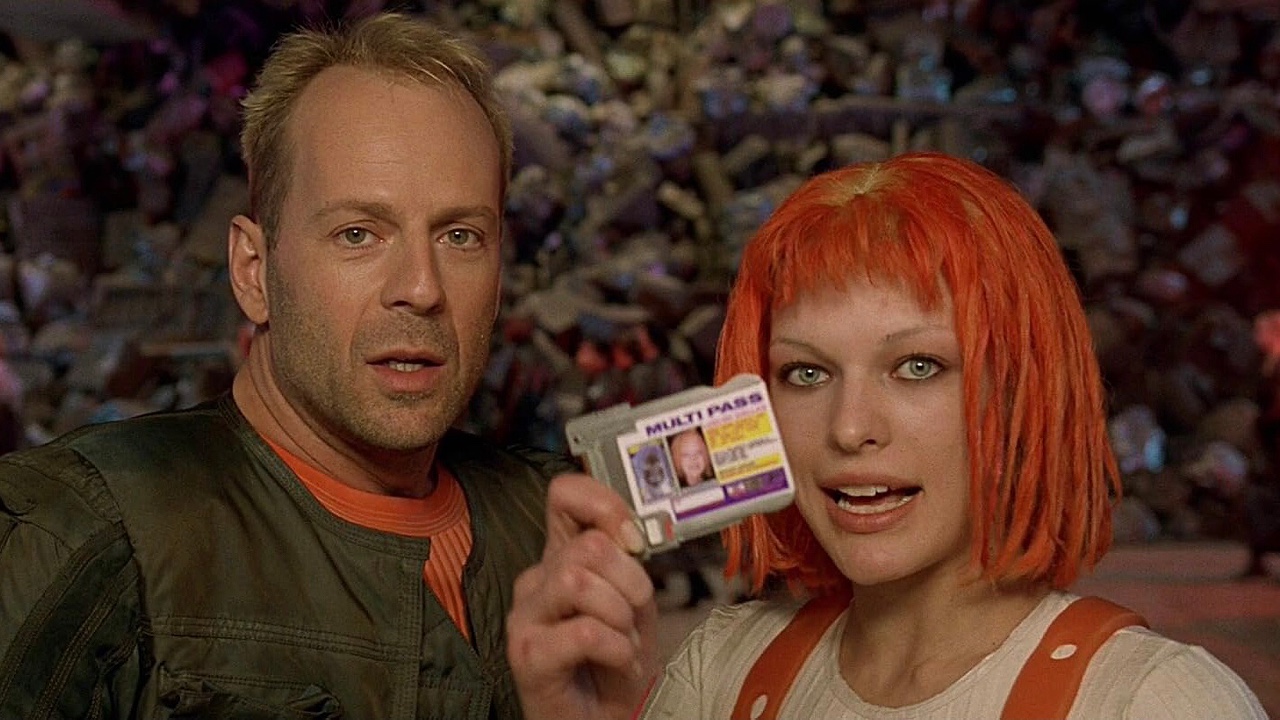
One of the most memorable lines in Luc Benson’s 1997 film The Fifth Element is the character Leeloo saying “multipass.” This little card was an ID, payment card, phone card, and passport. Today, we have many of these things on our phones via Google Wallet or Apple Pay.
15. Social Rating System from Black Mirror (2011)
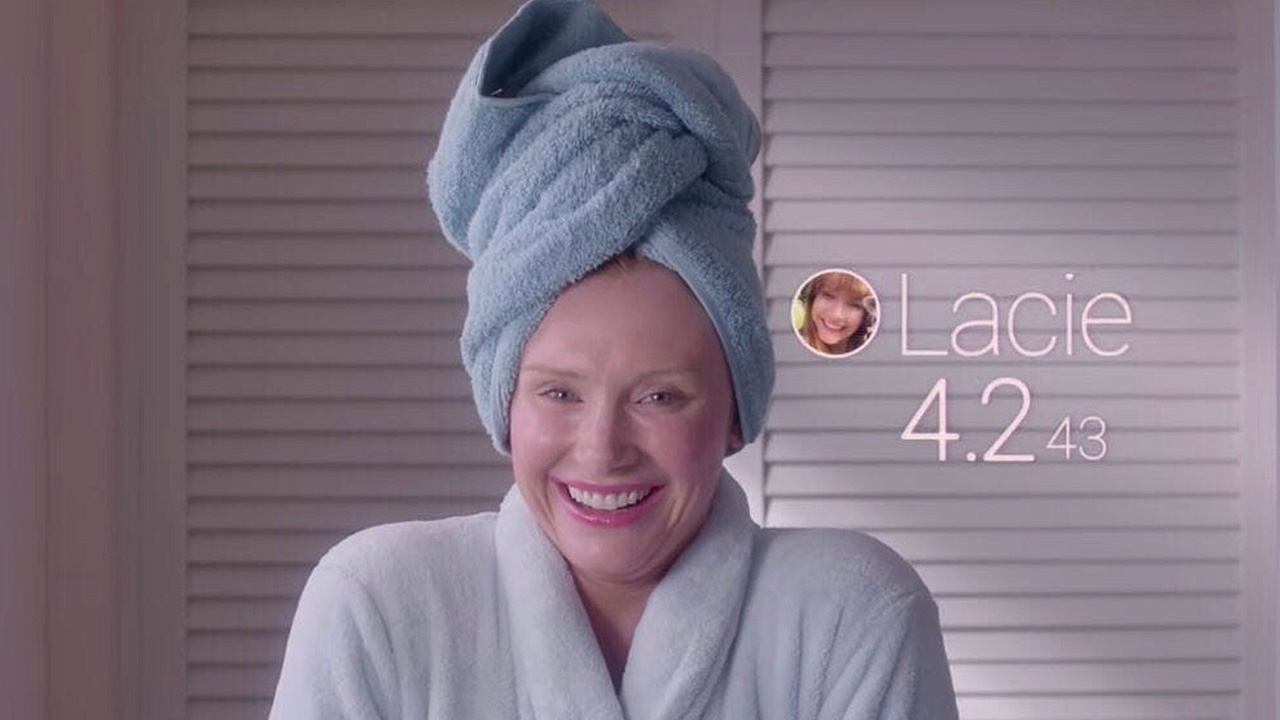
The Black Mirror episode “Nosedive” explored the what-if world of a society based on social media ratings. The idea of a world where how popular you are on social media determines your opportunities and worth is horrifying. However, this is something the Chinese Communist Party has been constructing for years.
READ MORE FROM US
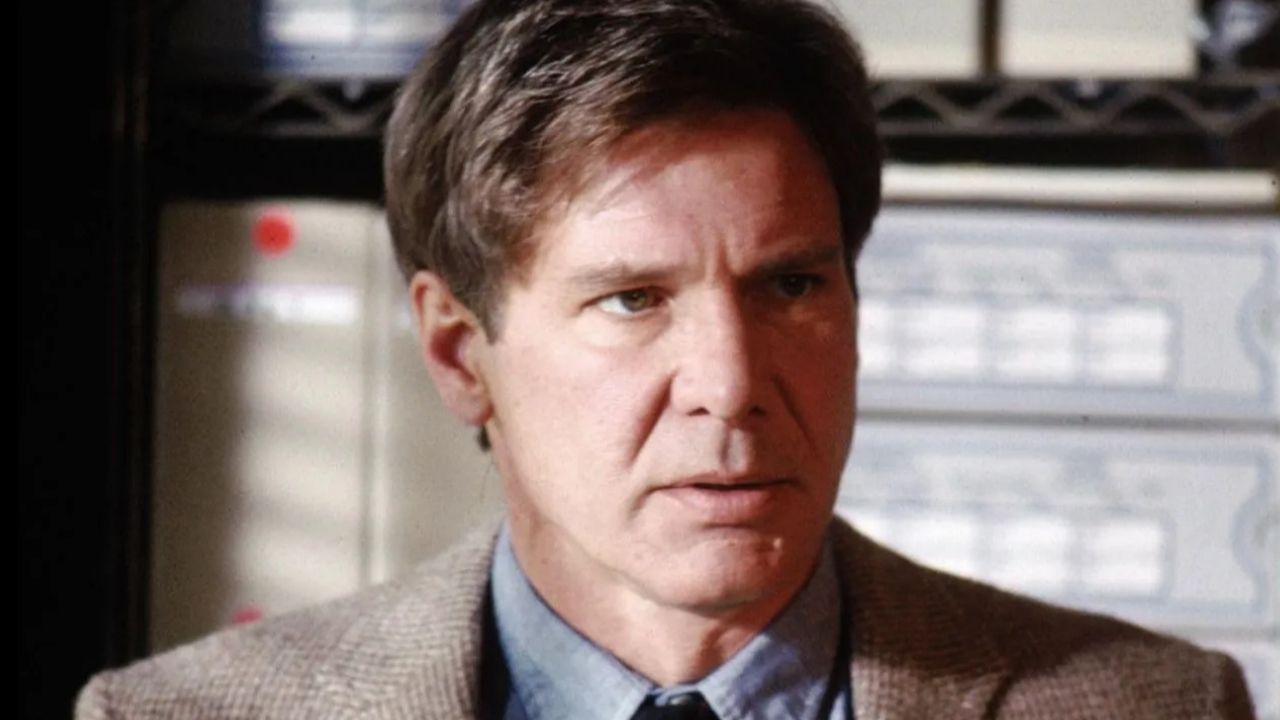
Ree Winter, an Australian journalist now based in New Orleans, combines her love for solo travel with a sharp eye for great flight and accommodation deals. She eagerly shares her travel insights with her audience, drawing from her rich experiences. Ree holds a Master's degree in Journalism and a Bachelor of Arts in Literature and History. Her fascination with history is evident in her stint as a tour guide at historic house museums, showcasing her knowledge of architectural history. Beyond journalism and history, Ree has a unique flair for coffee culture. As a barista, she's operated a coffee van at various events and markets, showcasing her skill in coffee preparation.
